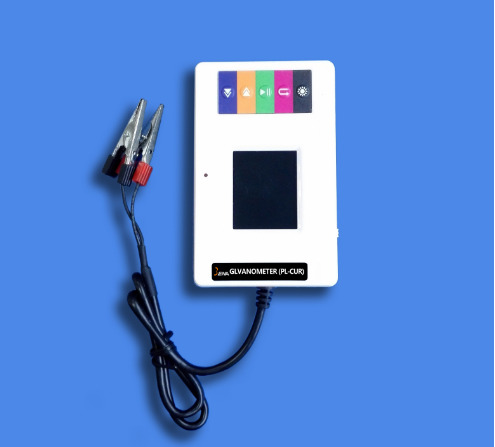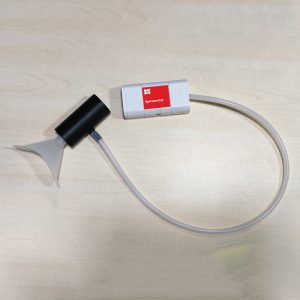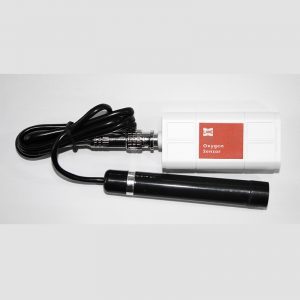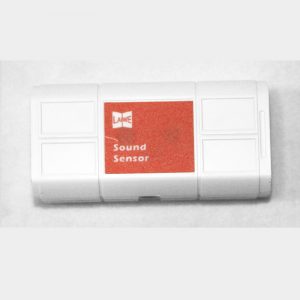
Laboratory Stand “Training Vehicle with Built-in Fault Simulator” (Copy)
July 30, 2025
Wireless magnetic field sensor
August 1, 2025Wireless galvanometric sensor (Wireless Micro-current Sensor)
Range: -30μA ~ +30μA
Resolution: 0.01μA
I. Working Principle
A sensitive sampling resistor is used to collect the current flowing through the current sensor, converting the current signal into a voltage signal, which is then amplified to output a standard signal.
II. Specifications
Range: -30μA ~ +30μA
Resolution: 0.01μA
III. Structure and Functions
1. Equipped with a 1.8-inch color LCD screen.
2. Configured with 5 functional buttons for a simple and user-friendly interface.
3. Supports high-speed USB data channels for high-speed communication with data acquisition devices.
4. Supports wireless communication with experimental terminals.
5. Built-in large-capacity removable battery.
6. Features a sensor interface with snap fasteners, compatible with standard sensors for combined experiments.
7. Includes fixed positions for mounting on iron stands to integrate with traditional equipment.
8. The sensor is compatible with common systems such as iOS, Android, and Windows.
IV. Typical Applications
The galvanometric sensor, also called micro-current sensor, is designed for measuring weak currents and is solely intended for qualitative observation experiments. Its typical applications include detecting minute induced currents and studying the conditions for generating induced currents, such as investigating electromagnetic induction phenomena, Lenz’s law, and induced currents under weak magnetic flux changes.
V. Note
This product is suitable for educational use only and is not intended for industrial, medical, research, or commercial applications.
VI. Usage Tips
1. Since the micro-current sensor may be affected by external interference during operation, it is recommended to zero the sensor using the software before use.
2. When using the sensor, connect it in series within the circuit. If the measured current enters through the red wire and exits through the black wire, the displayed value will be positive; if connected in reverse, the displayed value will be negative.
3. Due to the small measurement range of the micro-current sensor, avoid connecting it to active circuits, as exceeding the range may damage the sensor.





Reviews
There are no reviews yet.